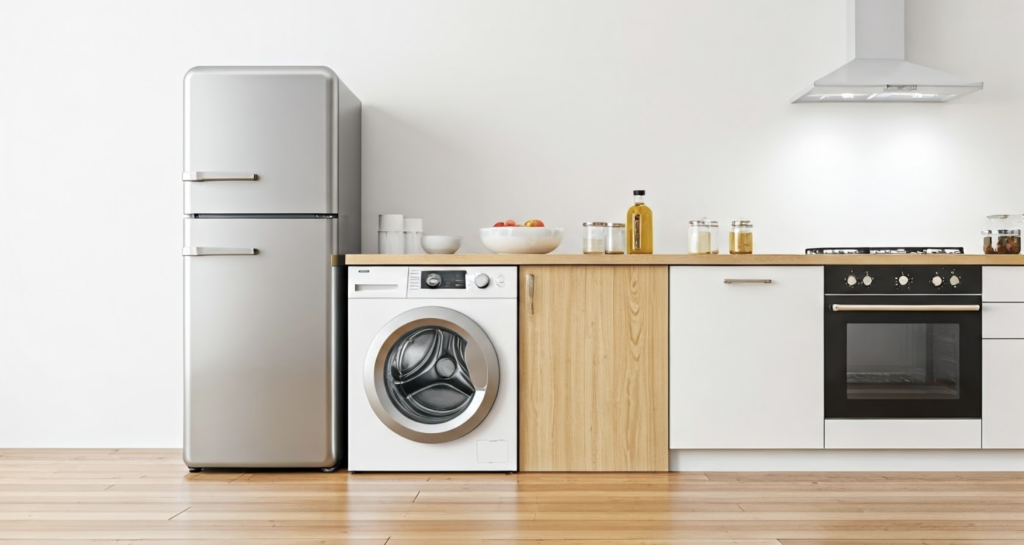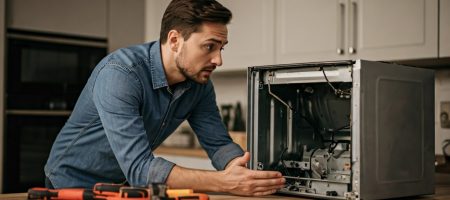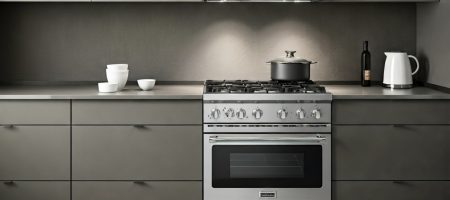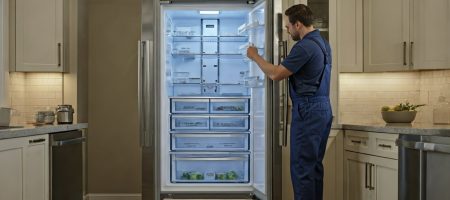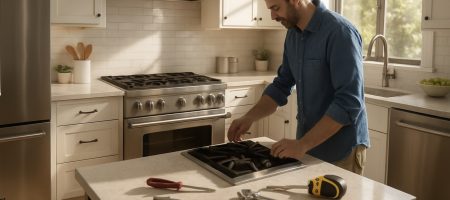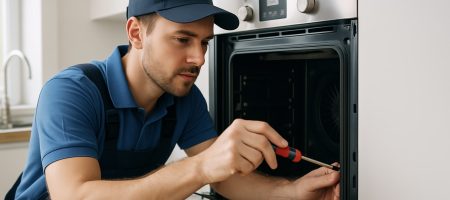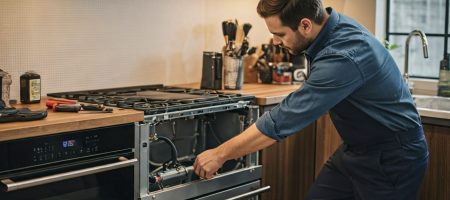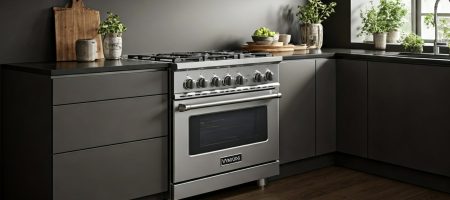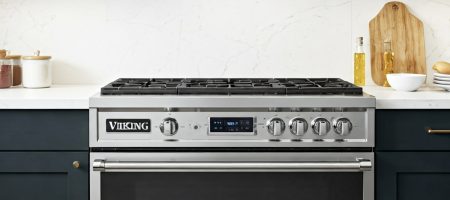Appliances are very important for a home that runs smoothly. When they have a common problem, it can feel like everything stops—especially if your refrigerator breaks down! Learning about appliance repair can help you avoid headaches. If your problem comes from a faulty heating element, a blocked power source, or other issues, finding and fixing it can make you feel confident. This guide will show you some common appliance issues and easy solutions you can try today.
5 Common Appliance Issues and Their Quick Fixes
If your appliances are not working correctly, don’t worry too much. Many common issues have simple solutions that anyone can try. Problems like refrigerators not cooling and dishwashers not draining can often be fixed at home. Tackling appliance repair quickly can help you save money and stop bigger issues from happening later. Below, we will look at five common problems, including dryers that won’t heat and ovens that have heating issues, and show you how to get your appliances working well again.
1. Refrigerator Not Cooling
A refrigerator that doesn’t cool can be very stressful. You might worry about your food going bad. First, check the power source. Make sure the plug is properly connected. Look at any electrical connections too. Next, check the condenser coils located at the back or bottom of the fridge. They may have dirt or pet hair on them. Cleaning these with a cloth can help get the cooling back.
Another common problem could be the thermostat settings. Accidental changes can cause poor cooling, so set the temperature between 32°F and 40°F. Blocked vents can also cause issues. This can happen if food is blocking the airflow. These appliance repair tips are simple to follow, but always unplug the refrigerator first before checking or cleaning any parts for your safety.
If the problems continue even after these steps, you might need to call a technician. They can check for possible internal faults.
2. Dishwasher Not Draining
Standing water in your dishwasher can be annoying. Start by looking at the filter at the bottom of your appliance for food clogs. Cleaning it well usually helps fix drainage problems. Also, check the check valve and the garbage disposal, especially if they are connected.
- Clean the drain filter regularly to prevent blocks.
- Inspect and straighten the drainage hose for kinks or obstructions.
- Test the garbage disposal connection—it may be interfering with the dishwasher’s drainage process.
If these steps do not fix the issue, the water inlet valve or float switch might be broken and need a professional to repair it. Always unplug the dishwasher before doing any maintenance.
3. Washing Machine Overfilling
Does your washing machine make it seem like there’s a lake in your laundry room? If it’s overfilling, it could be due to issues with the float switch or the water inlet valve. These parts control water levels. They may break down because of dirt buildup or wear.
First, unplug your machine. Check the float switch, which keeps track of the water levels, and make sure it is free from dirt. If cleaning it does not fix the problem, check the water inlet valve for wear. Following these steps can often help you solve the issue.
If the problem is still there, hire appliance repair experts for help with the internal fixes. Always ensure your safety by turning off the water flow during inspections to avoid more mess. Fixing your washing machine will save you time and help you avoid expensive problems with overflowing laundry cycles.
4. Dryer Not Heating
A dryer that doesn’t heat up can really be a hassle. Start fixing it by checking the thermal fuse. This is an important safety part that prevents overheating. If it is blown, replace it to make your dryer heat again.
Next, look at the heating element. This part makes warmth. A faulty heating element often does not heat up when the dryer runs and might need a replacement. You should also check the thermostat to see if it has continuity. Problems with the thermostat can cause temperature issues that make drying take longer.
Always remember to unplug your dryer and wear safety gloves before you try to fix it. If none of these steps work, it’s best to talk to a professional. They can find and fix the bigger problem. Getting your dryer working again will keep you from making extra trips to the laundromat!
5. Oven Not Heating Evenly
An oven that does not heat well can make baking hard. First, check what kind of heating part your oven has. For gas ovens, look to see if the igniter is lit. If it does not glow, you may need to change the igniter. For electric ovens, check the heating part for any damage. Look for cracks or changes in color.
Here are some tips for fixing common problems:
| Problem | Solution |
|---|---|
| Broken Gas Igniter | Change the igniter if it does not light gas. |
| Faulty Heating Element | Change it if it looks burnt or cracked. |
If the problem goes on and you think there are issues with gas lines or electrical parts, call a pro for help. Always keep safety in mind. Turn off the gas or electricity when fixing your oven.
Contact Viking Appliance Repair Pros for Expert Service
We at Viking Appliance Repair Pros understand the frustration that comes with appliance malfunctions. Our team is dedicated to providing reliable and efficient repair services for all your household appliances, such as oven repairs, fridge repairs, and dishwasher repairs. No matter how complex the job is, we have the expertise to diagnose and solve your issues promptly. With years of experience in the field, our skilled technicians are trained to handle a variety of appliance problems. We prioritize safety, ensuring that all repairs are conducted with utmost care and precision. Don’t let appliance troubles disrupt your daily routine; reach out to Viking Appliance Repair Pros today.
Conclusion
In conclusion, dealing with common appliance issues can be annoying. However, with the quick fixes discussed in this article, you can take charge and keep your home running well. You will find practical solutions for issues like a refrigerator that won’t cool and a dishwasher that isn’t draining. Each section helps you as a homeowner. Also, remember that regular maintenance is important to prevent these problems. For more helpful tips on how to care for your appliances, check out our other blog post about A Step-by-Step Guide on Viking Stove Griddle Replacement.
Frequently Asked Questions
What should I check first when my appliance stops working?
Start by checking the power source. Make sure your appliance is plugged in and getting electricity. Look at the fuses and connections to see if there is any loose wiring. If your problem is about heat, like in a dryer or oven, check the thermostat or heating element to find the issue.
How can I troubleshoot small appliance issues at home?
Begin by finding the usual problem. Look at the power source connections, check for clogs, and clean any parts that aren’t working, like filters or coils. If there are heating issues, check the faulty heating element or the thermostat. Remember to follow safety steps. Unplug the appliance before you start any repairs. This will help you troubleshoot effectively.
When is it necessary to call a professional for appliance repairs?
Call a professional when your appliance has complex problems. This includes issues like a faulty heating element, a broken motor, or worn electrical connections. If the appliance repair needs special tools or expert knowledge, it’s best to let the experts take care of it. This is especially true for gas or electric-powered devices.
How often should major home appliances be serviced?
To avoid common issues, service your major appliances like refrigerators, washers, and ovens every year. Keeping up with maintenance on parts such as condenser coils, heating elements, and filters helps them work well. Regular checks can also spot wear and tear early on before you have bigger appliance repair problems.


